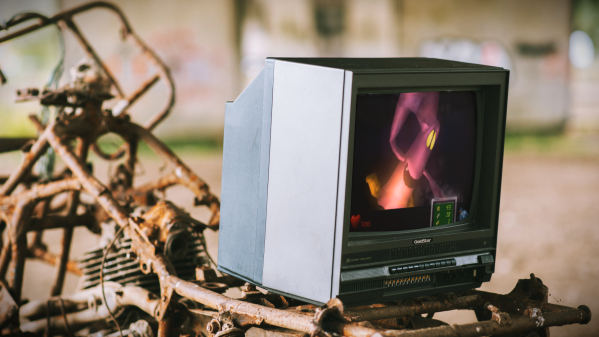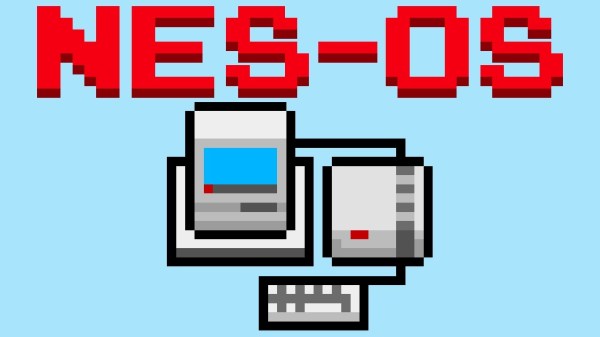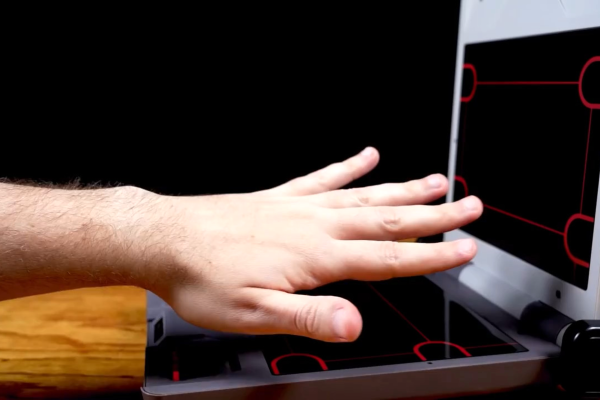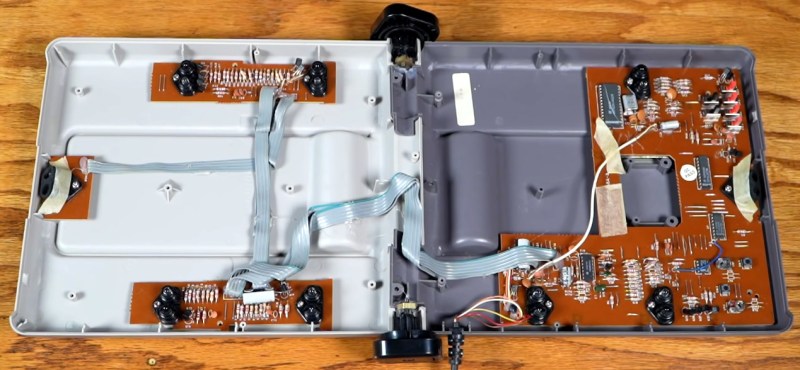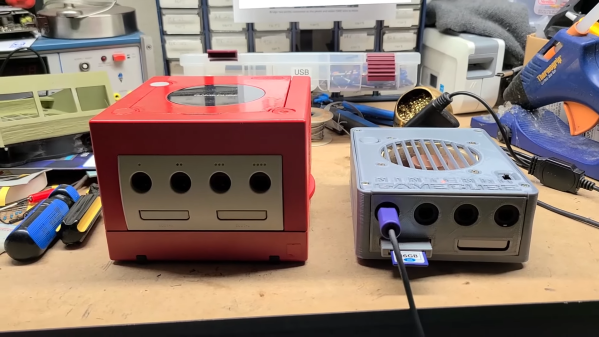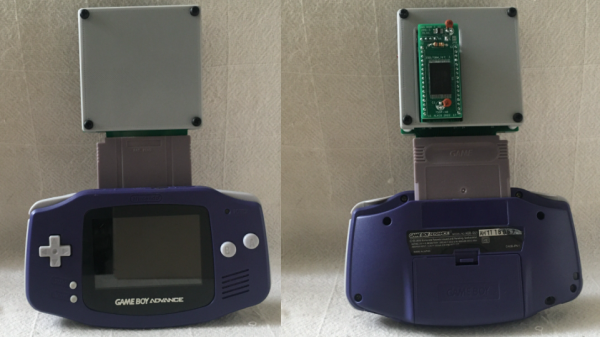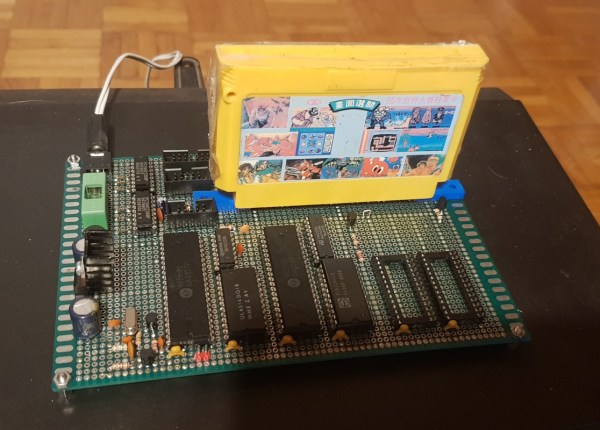The Nintendo GameCube in many ways defied expectations. It was purple, it had buttons shaped like beans, and it didn’t launch with a Mario game. What we got instead was the horror-adjacent ghost adventure game starring Mario’s brother — Luigi’s Mansion. The game was a graphical showpiece for the time, however, the camera angles were all fixed like an early Resident Evil game. Not satisfied with playing within those bounds, modder [Sky Bluigi] created a first person camera patch for the game that finally let players see why Luigi was so freaked out all the time.
The patch dubbed Luigi’s Mansion FPO (First Person Optimized) does a lot to drive home the game’s child-friendly, spooky aesthetic. Along with the ability to explore environments with a new lens, it provides the ability to turn the flashlight on and off manually if you want. Though the most impressive part of Luigi’s Mansion FPO is that it runs on real hardware. All that’s needed to play the mod is clean image of the North American release of Luigi’s Mansion and a .xdelta patching utility like Delta Patcher. GameCube games can be ripped directly to a USB thumb drive using a soft-modded Nintendo Wii console running Clean Rip or similar backup tool.
Luigi’s Mansion FPO actually provides a collection of patches that offer revised controls and increased field of view depending on which patch is used. The original game had inverted controls for aiming Luigi’s ghost vacuum, so the “Invert C-Stick Controls” patch will install a more modern aiming scheme where up on the right stick will aim upwards and vice versa. The “Better FOV” pulls the camera a little further back from where Luigi’s head would be while the original aiming scheme is retained. Though no matter which patch you decide to go with, a mod like this is always a good excuse to revisit a cult classic.
For another fresh GameCube mod check out this post about a Raspberry Pi Pico based modchip for the system.
Continue reading “Luigi’s Mansion First Person Mod Brings Spooky New Perspective”

